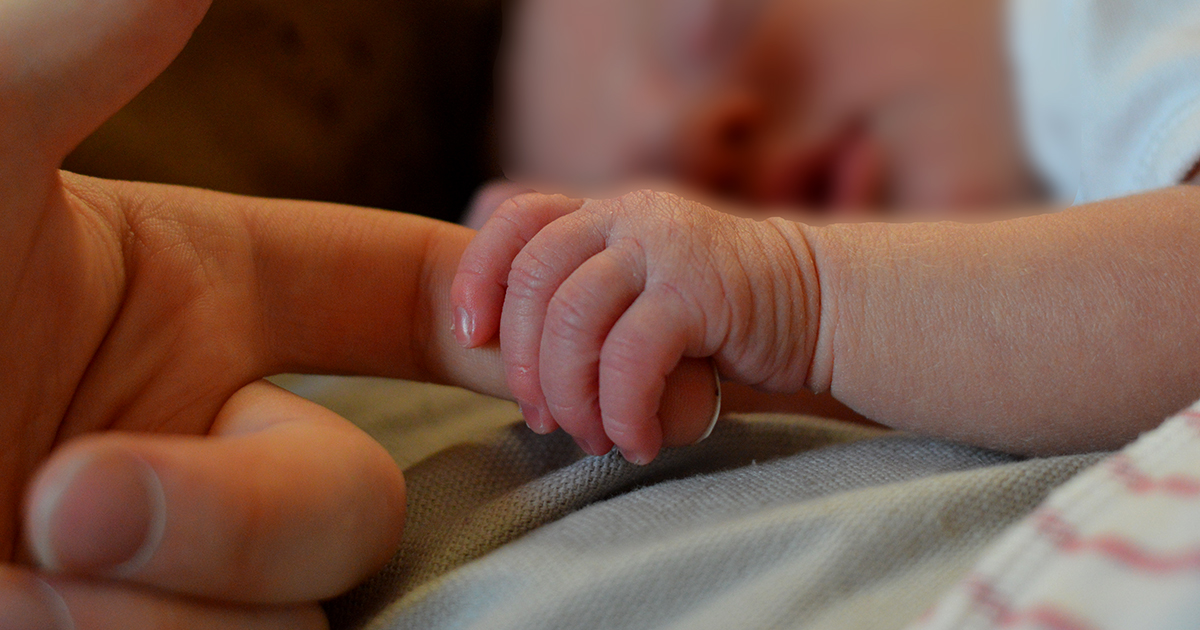Theory explains neural activity behind innate and learned behavior

What makes it possible for the repetitive arm movements of a newborn baby to eventually become the bow strokes of a violinist, or the three-point shot of a pro basketball player? A new theory helps explain how the brain is able to generate the well-ordered sequences of neuron activity which determine movement patterns, even in the absence of any specific learning.
Whether for babies or university students, learning is built on development of neural sequences, which are formed from pre-existing brain circuitry. A new study by Arvind Kumar , a computational biologist at KTH Royal Institute of Technology, suggests that generating new neural activity sequences depend on neurons having similar shapes and connectivity preferences.
“Behaviors that we are born with, such as a baby’s motor babbling, are not random. There is some wiring to begin with, and learning is about fine-tuning that,” Kumar says. It’s basically a way of stitching together neural structures, such as the neural structure that makes the baby’s arm extend with the structure that is formed when the baby first grasps a toy.
The new theory that Kumar and colleagues at University of Freiburg developed is that in order for neurons to connect in a structured way, the neighboring neurons themselves must have similar shapes, or spatial correlations. “They must favor some direction while making connections. This can be achieved easily if their shape is polarized instead of symmetrical, and if the polarization is similar to neighboring neurons,” Kumar says.
If the network is wired according to these rules, it creates a type of activity landscape similar to geographic hills and valleys. In the context of this metaphor, the sequences of neuronal activity are like the rivers in a landscape, Kumar says. Small changes in the spatial fabric of the nerve cells generate certain temporal and spatial sequences of neuronal activity.
He says that neuromodulators, such as dopamine, can play a crucial role in shaping the landscape of neuronal connections by creating spatial correlations. Neuromodulatory chemicals work by enhancing or suppressing the excitability or connectivity of the neurons.
When for example dopamine is released, small spatial patches emerge, in which connections between neurons become stronger or weaker. “This is exactly what we need for our theory,” Kumar says. “This way the spatial patterns of neuromodulators can generate neural circuits that can generate sequential activity. And such circuits exist as long as the neuromodulator persists. Whether a particular activity pattern is adopted by the brain depends then whether the resulting action is rewarding or not.
The theory is yet to be tested. “This is for experimentalists to prove, but given current knowledge about neurons and neuromodulator, we are very confident in it,” Kumar says. “This offers a very rich explanation to some longstanding questions about the mechanisms by which neural activity sequences are generated and provides insights about innate behaviors.”
David Callahan